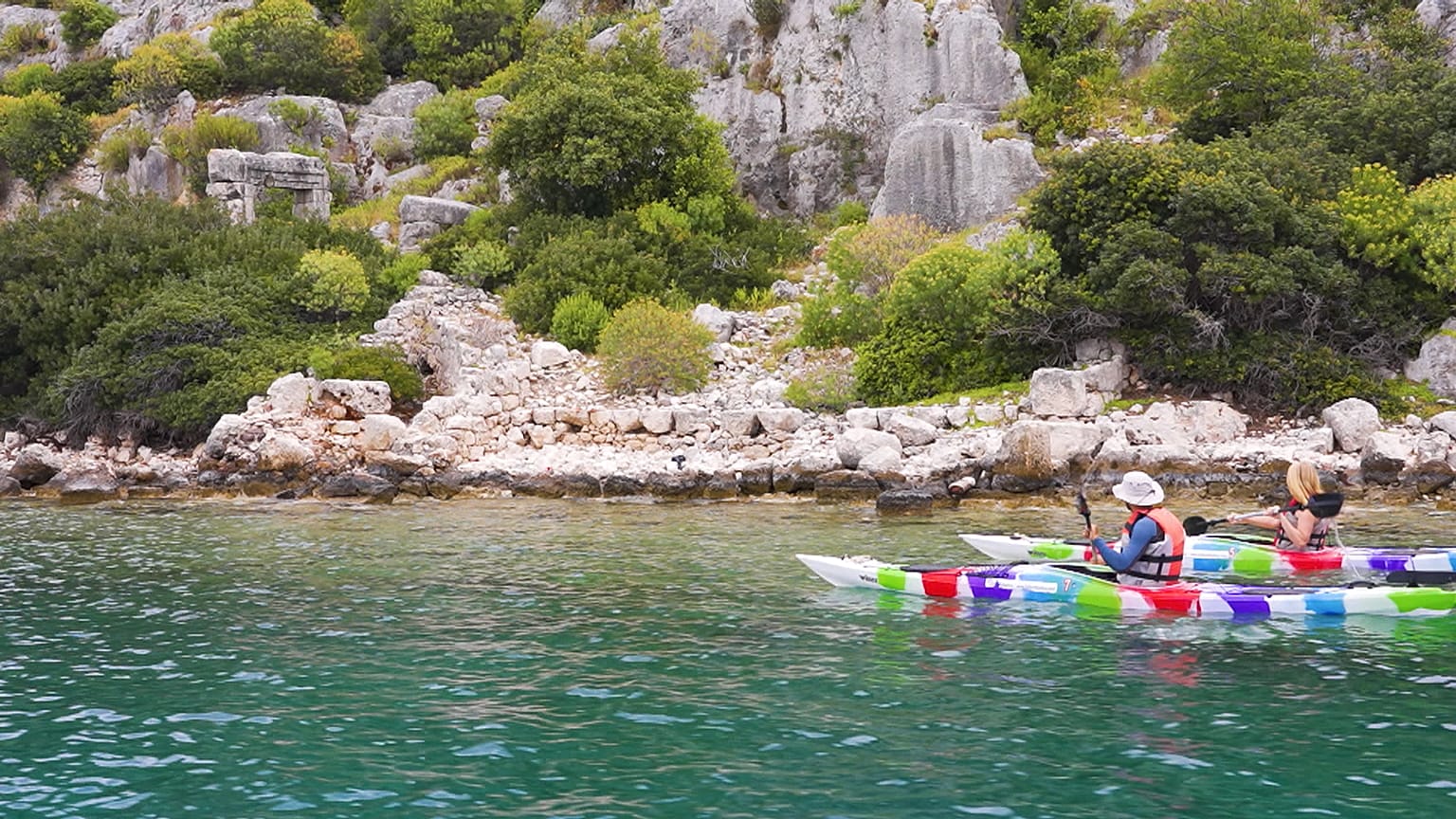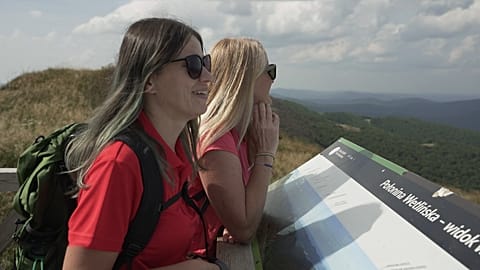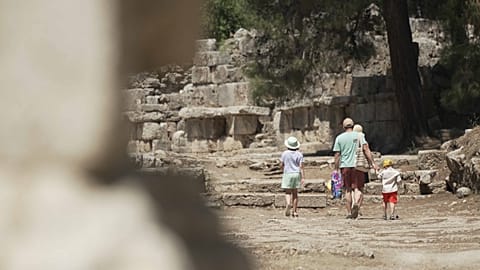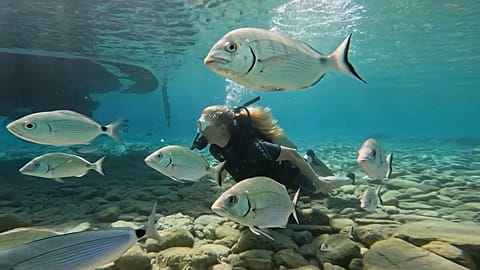The Lycian Way is a 500km trail that runs between mountain and sea, offering a window on both nature and ancient civilisations
The Turkish Riviera is a perfect example of Mother Nature’s most beautiful work, with its turquoise waters, wonderful beaches and unspoiled nature.
And in the Teke peninsula in southwestern Türkiye there’s a breathtaking long-distance trek to explore: The Lycian Way.
One of the most beautiful long-distance treks in the world
The 500km trail (760 kilometres if you take into account the variations) links the gulfs of Antalya and Fethiye. And it takes its name from the ancient Lycian civilisation that once ruled the region.
Who better to tell us more about it than the person who created it in the 1990s? Kate Clow is a British ex-pat in Türkiye, passionate about hiking and history. Why did she decide to create this trek?
“When I first came here, I sat in the harbour in Antalya and I looked at the mountains and I thought: there must be so many paths up there, but nobody knows. So I had to discover them,” she says.
The Lycian Way has earnt a reputation as one of the most beautiful long-distance treks in the world.
“The Lycian Way is quite special because it's between the mountains and the sea”, says Clow, who is the author of the book The Lycian Way - Turkey's First Long Distance Walking Route (now in its 5th edition). “It goes up into the mountains, up as high as to see the forest at 1800 metres high. And it goes down to the coast where you can swim and paddle and see the coastal villages and so on. But also all the way along the coast are the ports, the towns, the settlements that the Lycians built and which the Romans later took over and which formed a very important point on the trading route from Egypt to Rome”.
It’s no surprise that you can find incredible places on the path. Such as Kayaköy, a village that has existed since ancient times, but that in 1923 was entirely abandoned, at the end of the Greco-Turkish War when a population exchange between the two countries took place. That’s when it became a ghost town. Today it is an open-air museum.
The turquoise waters of the Turkish Riviera
The Lycian way passes by Ölüdeniz, a seaside resort on the Turquoise Coast, as the Turkish Riviera is also called. Some of the most popular activities you can do here, beside relaxing on the wonderful beaches, are paragliding from Mount Babadağ, paddling on the sea or taking a boat from the Blue Lagoon, which will take you to explore the place where the Aegean Sea meets the eastern Mediterranean Sea. You can admire the rocky, pine-covered mountains from the boat.
And you mustn’t miss Butterfly Valley, a natural reserve that you can only get to by sea or by a very difficult hike. Guess why this canyon is called Butterfly Valley?
Ferihan Güzel, owner of Guide Tours answers the question: “At a certain time of the year, especially in April, there are nearly 80 different kinds of butterflies here. The jersey tiger moth in particular is one of the most popular. This place is under the protection of the cooperative. Under national protection. They don't accept many tourists here, especially at the time of the butterflies”.
There are also some quality diving spots or you can visit the Blue Cave where, if you’re lucky enough you might see starfish!
Kayaking on a sunken city
One of the stops you can make, by sea or if you’re hiking the Lycian Way, is the picturesque village of Kaş, a favoured yacht mooring destination in Antalya Province. Its cobblestone streets rimmed by old fishermen's cottages – nowadays converted into shops, hotels, cafés and restaurants – give it an atmosphere of other times. Above all, when you end up in front of a scattering of ruins from the classical era!
Here you can also rent a boat or a kayak and paddle… among sunken city ruins. If you navigate to the northern side of the uninhabited island of Kekova, you will see the remains of a once-flourishing city: Dolichiste. It was an ancient Lycian settlement built in the 4th century BC. Occupied for several centuries Dolichiste was partially submerged due to an earthquake that occurred in the 2nd century and rising sea levels. It was completely abandoned later in the wake of the Arab incursions.
Above and below the turquoise waters there are the remains of houses, public buildings, churches, wine cellars. The Kekova region was declared a protected area in 1990 by the Turkish Ministry of Environment and Forest. Diving and swimming are prohibited where the sunken city is located.


















